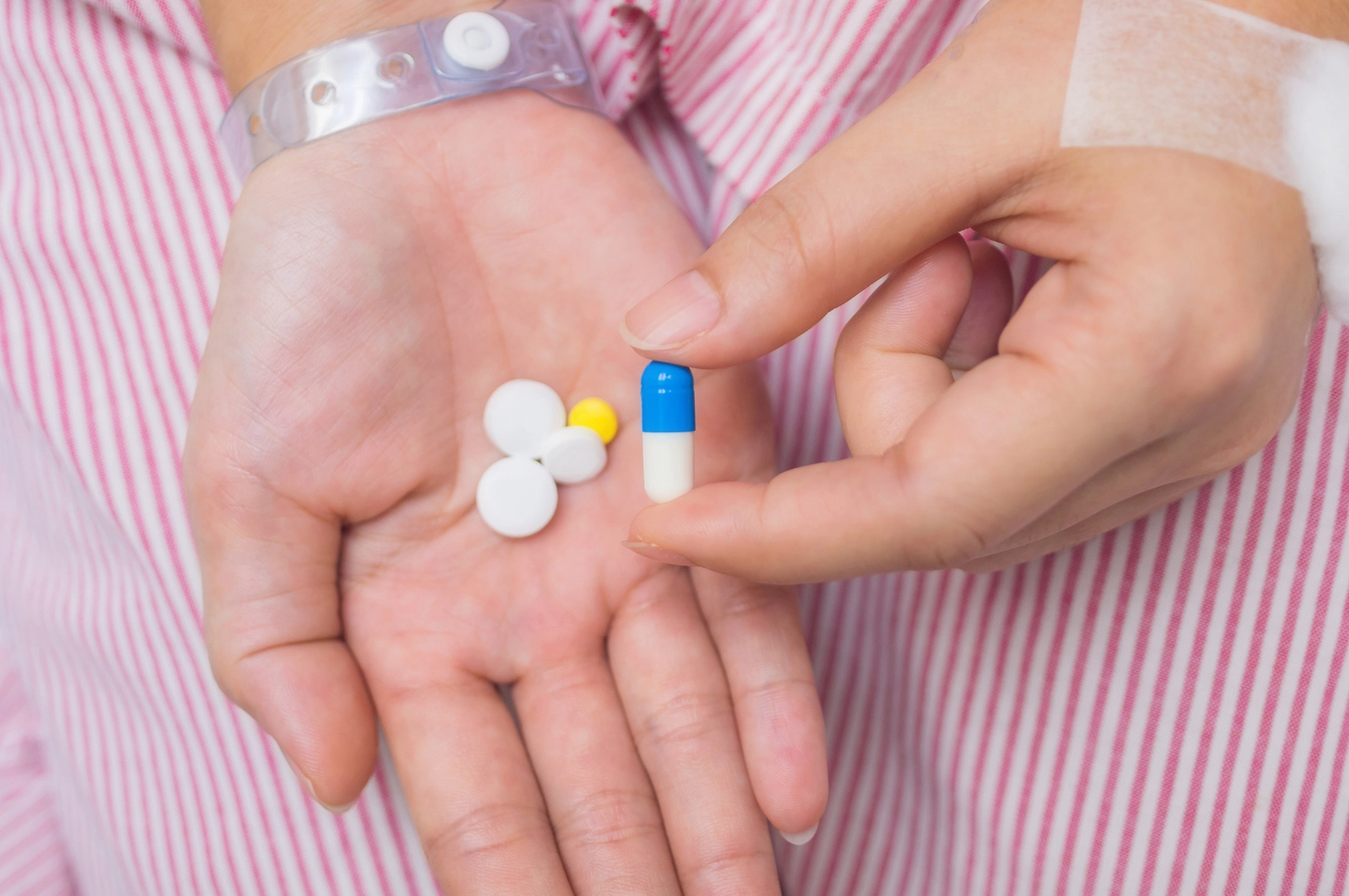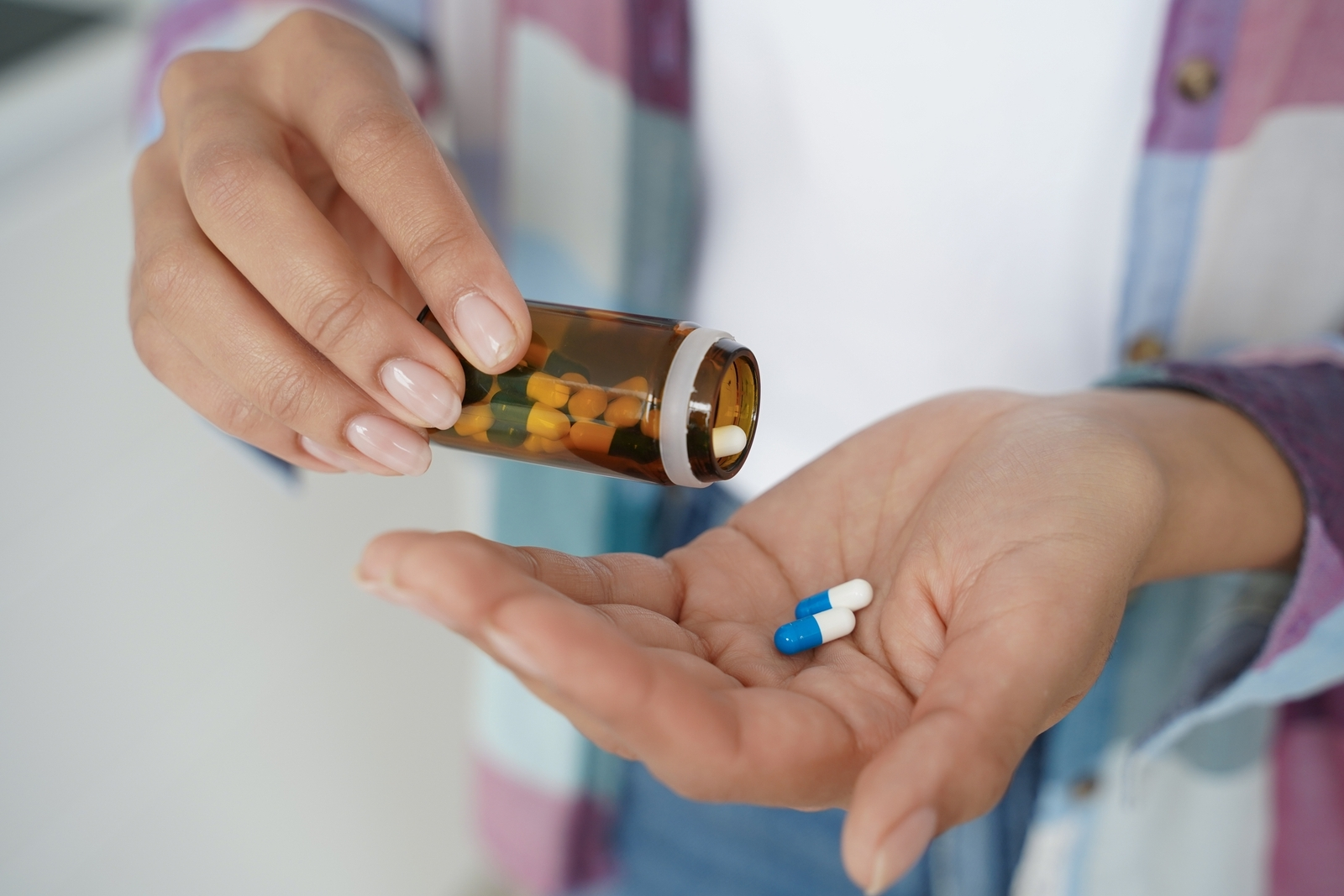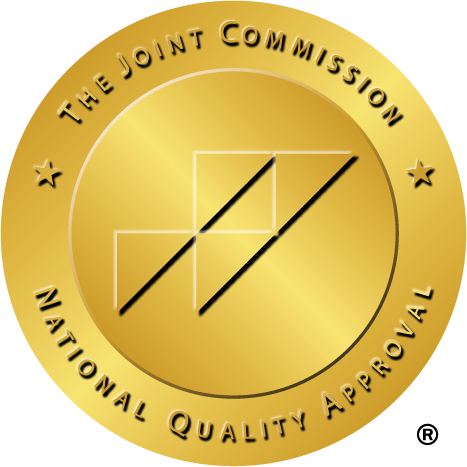Table of Contents
Key Points
- Modafinil is a wake-promoting medication that selectively targets brain areas for treating sleep disorders, with fewer side effects than traditional stimulants.
- Adderall combines amphetamine and dextroamphetamine to treat ADHD and narcolepsy by increasing dopamine and norepinephrine levels in the brain.
- Key differences between the medications include their mechanisms of action, duration of effects, and legal classifications, with Adderall being more strictly controlled.
- Healthcare providers choose between these medications based on the specific condition, medical history, lifestyle needs, and patient preferences.
Modafinil and Adderall represent two distinct approaches to treating attention and wakefulness disorders, though they work through different mechanisms in the brain. While Adderall functions as a central nervous system stimulant affecting dopamine and norepinephrine, modafinil acts as a wake-promoting agent through pathways that researchers are still working to understand fully. Both medications require prescriptions and close monitoring from medical providers – and each comes with its own set of benefits and potential risks that need careful consideration.
What is Modafinil?
Modafinil is a prescription wake-promoting medication primarily used to treat excessive daytime sleepiness in people with narcolepsy, shift work sleep disorder, and sleep apnea.[1] It works differently from traditional stimulants by selectively targeting specific areas of the brain involved in the sleep-wake cycle. The medication helps maintain alertness and cognitive function without causing the intense stimulation associated with amphetamines.
Unlike traditional stimulants that broadly increase activity throughout the central nervous system, modafinil works by affecting specific neurotransmitters, including dopamine, histamine, and norepinephrine.[2] This targeted approach typically results in fewer side effects and a lower potential for dependence compared to other wake-promoting medications. The drug maintains effectiveness for eight to 12 hours, helping people stay alert throughout their day or work shift.
While doctors initially prescribed modafinil solely for sleep-related conditions, some physicians now prescribe it off-label for other purposes, such as attention-deficit hyperactivity disorder (ADHD) or depression-related fatigue. Research suggests modafinil can enhance certain aspects of cognition, including memory, planning abilities, and reaction time.[3] However, it’s important to note that the medication requires careful medical supervision and isn’t suitable for everyone, as it can interact with other medications and may cause side effects such as headache, anxiety, or nausea.
What is Adderall?
Adderall is a prescription stimulant medication that combines amphetamine and dextroamphetamine, primarily used to treat ADHD and narcolepsy.[4] The medication works by increasing levels of dopamine and norepinephrine in the brain, which helps improve focus, attention, and impulse control. For people with ADHD, Adderall can significantly reduce symptoms and improve daily functioning in work, school, and social situations.
The medication comes in two main formulations: immediate-release Adderall, which typically lasts four to six hours, and extended-release Adderall XR, which can remain effective for 10 to 12 hours.[5] This flexibility allows physicians to tailor treatment plans to each person’s specific needs and schedule. The medication begins working within 30 to 60 minutes after taking it, with most people experiencing peak effects during the first few hours.
While Adderall can be highly effective when properly prescribed and monitored, it requires careful medical oversight due to its potential for side effects and risk of dependence. Common side effects may include decreased appetite, sleep problems, increased heart rate, and mood changes.[6] Some people may need to try different doses or explore alternative medications to find the most suitable treatment approach.
Is Modafinil Like Adderall?

The medications also differ in their duration and intensity of effects. Modafinil typically provides eight to 12 hours of wakefulness with less intense stimulation, making it preferred by some people who find traditional stimulants too powerful.[7] Adderall’s effects can be more pronounced, with immediate-release versions lasting four to six hours and extended-release lasting up to 12 hours. Additionally, Modafinil generally has a milder side effect profile and lower risk of dependence, while Adderall, as an amphetamine-based medication, carries a higher risk of side effects like increased heart rate, anxiety, and potential for dependence.
While both medications can treat narcolepsy, they have different primary uses in medical practice. Modafinil is mainly prescribed for sleep disorders, including shift work sleep disorder and sleep apnea. Adderall, on the other hand, is primarily used for ADHD treatment. Their legal status also reflects their different risk profiles: Adderall is classified as a Schedule II controlled substance due to its higher potential for misuse, while Modafinil has a less restrictive classification as a Schedule IV medication.[8, 9]
Modafinil vs Adderall For ADHD: How Do Providers Decide What to Prescribe?
Healthcare providers consider multiple factors when choosing between modafinil and Adderall for their patients. The primary consideration is the specific condition requiring treatment – Adderall is typically the first choice for ADHD, while modafinil is often preferred for sleep-related disorders. Medical professionals carefully evaluate symptoms, lifestyle needs, and treatment goals during the initial consultation.
A patient’s medical history plays a crucial role in medication selection. Healthcare providers review factors like cardiovascular health, mental health history, substance use history, and current medications that might interact with either drug. Some conditions, such as severe anxiety or heart problems, might make Adderall less suitable, leading providers to consider alternatives like modafinil or other medications.
The patient’s daily schedule and lifestyle requirements also influence the prescription decision. Work schedules, academic demands, and daily responsibilities help determine whether a shorter-acting medication like immediate-release Adderall or a longer-acting option like modafinil would be more beneficial. Insurance coverage and cost considerations may also factor into the decision, as both medications can be expensive, and coverage varies by provider and plan.
Patient preferences and concerns about side effects often guide the selection process. Some patients may prefer modafinil’s more subtle effects and lower dependency risk, while others might need the stronger therapeutic effects of Adderall for ADHD symptoms. Doctors frequently start with lower doses and adjust based on response, sometimes trying different medications to find the optimal treatment approach.
Regular follow-up appointments allow providers to monitor effectiveness, adjust dosages, and address any side effects or concerns. This ongoing evaluation helps ensure the chosen medication continues to meet the patient’s needs while maintaining safety and effectiveness.
Prescription Medication Considerations
Prescription medications like modafinil and Adderall require careful consideration and ongoing medical supervision. Before starting any new medication, several key factors need evaluation to ensure safe and effective treatment.
- Safety and medical history: A thorough review of current health conditions, other medications, allergies, and past adverse reactions helps determine if these medications are appropriate.
- Treatment goals and lifestyle needs: Clear communication about symptoms, daily routines, work schedules, and desired outcomes helps guide medication selection and timing.
- Cost and insurance coverage: Understanding insurance coverage, prescription costs, and available generic options can impact long-term treatment sustainability.
- Monitoring and follow-up care: Regular check-ups allow for dose adjustments, side effect management, and ongoing evaluation of treatment effectiveness.
- Storage and handling requirements: Proper storage, security measures, and responsible handling of controlled substances are essential aspects of medication management.
Frequently Asked Questions About Modafinil vs. Adderall
Below are some of the most frequently asked questions regarding these two medications.
Sources
[1] Modafinil (Oral Route) Description and Brand Names – Mayo Clinic. (n.d.). Www.mayoclinic.org. https://www.mayoclinic.org/drugs-supplements/modafinil-oral-route/description/drg-20064870 on January 22, 2025
[2] Modafinil – an overview | ScienceDirect Topics. (n.d.). Www.sciencedirect.com. https://www.sciencedirect.com/topics/medicine-and-dentistry/modafinil on January 22, 2025
[3] Mereu, M., Bonci, A., Newman, A. H., & Tanda, G. (2013). The neurobiology of modafinil as an enhancer of cognitive performance and a potential treatment for substance use disorders. Psychopharmacology, 229(3), 415–434. https://pmc.ncbi.nlm.nih.gov/articles/PMC3800148/ on January 22, 2025
[4] Dextroamphetamine and Amphetamine: MedlinePlus Drug Information. (2023). Medlineplus.gov. https://medlineplus.gov/druginfo/meds/a601234.html on January 22, 2025
[5] Weiser, P. (2024, September 16). Adderall dosage. Medicalnewstoday.com; Medical News Today. https://www.medicalnewstoday.com/articles/drugs-adderall-dosage on January 22, 2025
[6] Mayo Clinic. (2020). Dextroamphetamine And Amphetamine (Oral Route) Description and Brand Names – Mayo Clinic. Mayoclinic.org. https://www.mayoclinic.org/drugs-supplements/dextroamphetamine-and-amphetamine-oral-route/description/drg-20071758 on January 22, 2025
[7] Kim, D. (2012). Practical Use and Risk of Modafinil, a Novel Waking Drug. Environmental Health and Toxicology, 27. https://pmc.ncbi.nlm.nih.gov/articles/PMC3286657/ on January 22, 2025
[8] Is Adderall a controlled substance and addictive? (n.d.). Drugs.com. https://www.drugs.com/medical-answers/adderall-controlled-substance-3571164/ on January 22, 2025
[9] Greenblatt, K., & Adams, N. (2023, February 6). Modafinil. PubMed; StatPearls Publishing. https://www.ncbi.nlm.nih.gov/books/NBK531476/ on January 22, 2025
New Waters Recovery Editorial GUIDELINES
At New Waters Recovery, we take your health and wellness seriously. We have a thorough process in place to ensure the integrity of information that is displayed on our website. All content published to our site undergoes a rigorous medical review by a doctorate level clinician to ensure medical accuracy. Read More About Our Process





